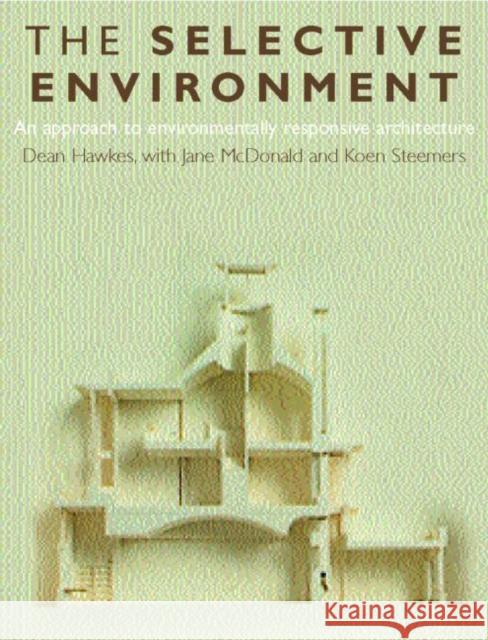The Selective Environment » książka
The Selective Environment
ISBN-13: 9780419235309 / Angielski / Miękka / 2001 / 176 str.
The Selective Environment
ISBN-13: 9780419235309 / Angielski / Miękka / 2001 / 176 str.
(netto: 383,95 VAT: 5%)
Najniższa cena z 30 dni: 392,87
ok. 22 dni roboczych
Dostawa w 2026 r.
Darmowa dostawa!
The complex art of architecture embraces all of the concerns of the world's cultures. It meets the fundamental needs for shelter from the elements, but, almost from its origins, has acquired other purposes and meanings. The Selective Environment is an approach to environmentally responsive architectural design that seeks to make connections between the technical preoccupations of architectural science, and the necessity, never more urgent than today, to sustain cultural identity at a time of rapid global, technological change. The underlying proposition is that environmental design strategy should rest upon the function of the building as a selective filter between the extremes of ambient climate and the conditions that determine human comfort. In developing this idea, the discussion ranges across themes of nature and architecture, architectural regionalism, the interpretation of comfort and climate and typology in environmental design. A range of case study buildings, including designs by Glenn Murcutt, Patkau Architects, Renzo Piano and Herzog and de Meuron, serve to relate theory to practice.











